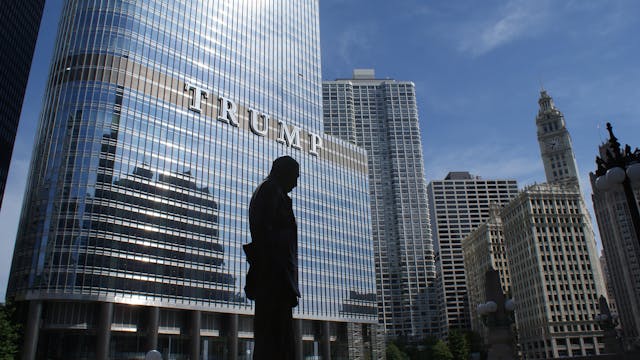Following months of rising tensions and economic uncertainty, the United States and China have reached a 90-day agreement to drastically scale back tariffs on hundreds of billions of dollars in traded goods. Announced after intensive negotiations in Geneva, the deal represents the most substantial pause in their long-running trade war and is expected to bring short-term relief to global markets, importers, and consumers.
Tariff Cuts Take Effect May 14
Under the agreement, the U.S. will lower tariffs on Chinese imports from an average of 145% to 30%, while China will reduce duties on American goods from 125% to 10%. These cuts are set to begin on May 14 and will remain in place through mid-August, allowing both sides time to negotiate deeper resolutions on long-standing disputes, including technology transfers and synthetic drug trade.
The agreement temporarily halts 91% of active tariffs and shelves an additional round of planned levies that were due to impact a wide range of consumer and industrial products.
What Consumers Can Expect
For households, the impact may soon be felt in the form of lower prices on everyday items—particularly electronics, clothing, kitchenware, and tools. Retailers that source products from China are preparing to adjust pricing strategies as reduced costs filter through supply chains.
While the change won’t be immediate, economic analysts suggest consumers could begin seeing modest price drops by summer, especially on goods that have seen steady price hikes over the past two years.
Business Relief and Lingering Exemptions
The temporary rollback is being welcomed by businesses that depend on cross-border supply chains. Importers, wholesalers, and manufacturers may see operating costs ease, especially in tech, construction, and consumer goods sectors.
However, not all categories were included in the rollback. Tariffs of up to 120% will remain on low-value e-commerce shipments under the “de minimis” category—frequently used by online shoppers buying directly from overseas platforms.
Financial Markets Respond
The markets responded swiftly to the news. The Dow jumped over 1,000 points, while the S&P 500 and Nasdaq posted gains of 2.9% and 4%, respectively. Positive momentum extended to global exchanges, and currency markets also reacted with the U.S. dollar strengthening while gold prices dropped.
Investors see the truce as a signal that both governments are willing to step back from confrontation, at least in the short term.
Temporary Pause, Lingering Tensions
The tariff truce offers temporary relief in an otherwise contentious trade relationship. While the agreement has halted some of the economic strain, the underlying issues remain unresolved. The next 90 days will be a key test of whether negotiators can make meaningful progress—or whether tariffs will snap back into place, reigniting uncertainty.







